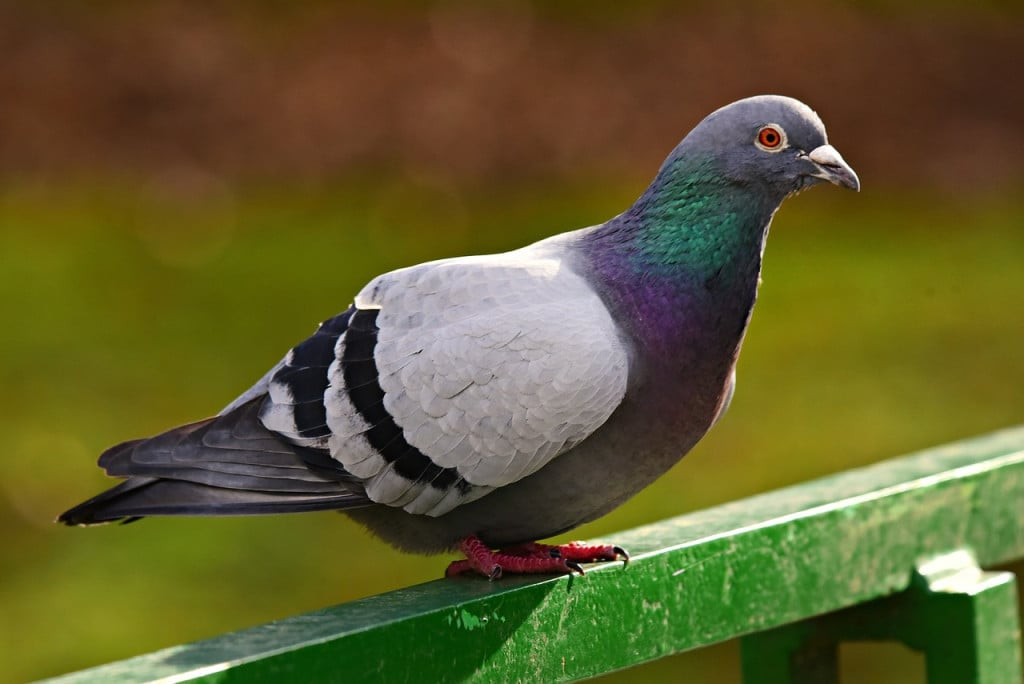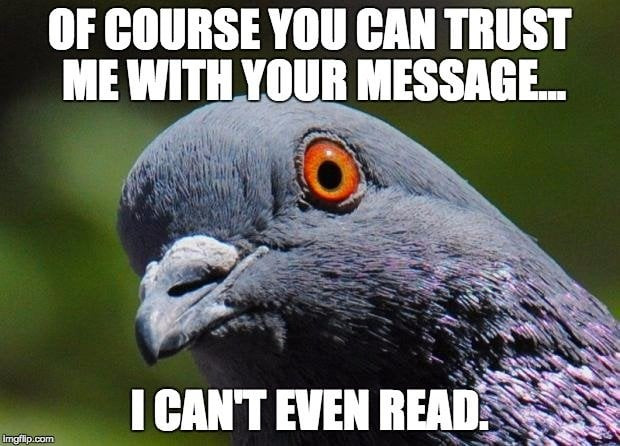Before smartphones, internet, or even reliable postal services, messages often traveled at the pace of a galloping horse. For millennia, humans sought faster and more dependable communication methods. Imagine the ancient world, where vital news, strategic military intelligence, or declarations of love had to traverse vast distances, vulnerable to delays, loss, or even deceitful messengers. This necessity paved the way for an ingenious solution: the carrier pigeon, a natural marvel of navigation.
You’ve likely seen depictions of these avian messengers in historical dramas or movies, perhaps with tiny scrolls tied to their legs, soaring across landscapes to deliver crucial information. But have you ever stopped to wonder, How Do Carrier Pigeons Know Where To Go? This seemingly simple question unlocks a fascinating world of animal instincts, scientific discovery, and the remarkable partnership between humans and nature.
From Hooves to Wings: The Quest for Speedier Communication
Long before our digital age, the primary method of long-distance communication was by foot or horseback. While seemingly straightforward, this approach was fraught with limitations. Messengers could be unreliable, messages could be lost or intercepted, and the speed was inherently limited by the endurance of the animal or person carrying it. Urgent news could be critically delayed, impacting trade, governance, and even warfare. The need for a more efficient and dependable system was evident.
 What’s the pigeon saying to the horse here? “I feel the need, the need for speed”
What’s the pigeon saying to the horse here? “I feel the need, the need for speed”
Observing the natural world, humans noted the incredible homing ability of certain birds. Pigeons, in particular, displayed a remarkable talent for returning to their nests from considerable distances, navigating complex terrains and varying weather conditions. This innate skill sparked the idea of harnessing pigeons for message delivery, marking a significant leap forward in communication technology.
Decoding the Pigeon’s Inner Compass: The Science of Homing
Pigeons, particularly the rock pigeon ancestor, were prime candidates for domestication. They are adaptable, breed readily, and possess a calm temperament, making them easy to manage. However, the key to their messenger capabilities lies in their extraordinary sense of direction, a trait carefully cultivated through selective breeding to create homing pigeons.
These specialized pigeons undergo training that leverages their natural homing instinct. Initially, they are taken short distances from their home base and released, gradually increasing the distance with each training flight. This process allows them to learn the terrain and develop a mental map of their surroundings, utilizing visual landmarks and other environmental cues to guide their way back. Essentially, they are “programmed” to associate a particular location as “home,” regardless of where they are released.
 Rock pigeon ancestor known for its homing abilities
Rock pigeon ancestor known for its homing abilities
Historically, transporting pigeons to a distant location was necessary before they could be dispatched with a message. These messages, often written on small parchment or paper, were secured in lightweight tubes attached to the pigeon’s leg. Upon release, the pigeon would instinctively fly back to its home loft, bypassing obstacles and delivering the message with remarkable speed and reliability.
 Carrier pigeon with message tube attached to its leg
Carrier pigeon with message tube attached to its leg
Magnetoreception: Nature’s GPS in Birds
Beyond visual landmarks, scientists have discovered that pigeons possess an extraordinary ability called magnetoreception. This biological sense allows them to detect and orient themselves using the Earth’s magnetic field, essentially acting as an internal compass. Humans lack this sense, but it is found in varying degrees in many bird species, playing a crucial role in migration and navigation.
Homing pigeons, selectively bred for their navigational prowess, exhibit a particularly strong magnetoreceptive ability. Interestingly, studies have shown that pigeons navigate more accurately over long distances in north-south directions compared to east-west, aligning with the Earth’s magnetic field lines that run between the North and South Poles. This suggests that magnetoreception plays a more significant role in long-distance orientation.
 Earth’s Magnetic Fields visualized
Earth’s Magnetic Fields visualized
Early pigeon post systems faced the logistical challenge of transporting pigeons to the message origination point. However, a clever solution was discovered: pigeons can be trained to fly consistently between two locations. By feeding and housing pigeons at one location and then transporting them to another for release, they learn to associate both places as part of their territory, readily flying back and forth. This breakthrough enabled the establishment of efficient two-way pigeon post systems, revolutionizing communication.
A Legacy of Wings: Pigeon Posts in History
While carrier pigeons may seem like relics of the past in our modern world, their legacy is profound. Even today, pigeon enthusiasts continue to train and race these birds, keeping the tradition alive and showcasing their incredible navigational abilities. Historically, however, carrier pigeons were vital assets in politics, diplomacy, and especially military operations.
Their ability to traverse enemy lines swiftly and undetected made them invaluable during wartime. Referred to as “war pigeons,” they were employed to relay critical messages, troop movements, and even battlefield intelligence, continuing to serve in various capacities until World War II. The bravery and importance of these avian messengers were even recognized with awards for exceptional service.
 A historical depiction of war pigeons in action
A historical depiction of war pigeons in action
Throughout history, numerous civilizations have relied on pigeon posts. Genghis Khan utilized them to maintain communication across his vast empire. Ancient Greeks used them to announce Olympic victories. In the 12th century, a sophisticated pigeon network connected Baghdad and Syria. Remarkably, India maintained an active pigeon post system until 2002, demonstrating the enduring practicality of this ancient technology even in the face of modern advancements.
In conclusion, the question of how do carrier pigeons know where to go leads us to appreciate a complex interplay of instinct, training, and remarkable biological adaptations. Their homing ability, enhanced by magnetoreception and visual learning, transformed communication for centuries. If the internet were to vanish, and we were forced to rely on traditional methods, the enduring efficiency and reliability of the pigeon post might just see a resurgence.
References:
- Science ABC original article: https://www.scienceabc.com/nature/how-do-carrier-pigeons-know-where-to-go.html
- (Assuming other general knowledge sources for historical facts and magnetoreception, could be expanded with specific scientific studies if needed for a more academic tone).

